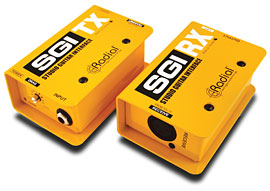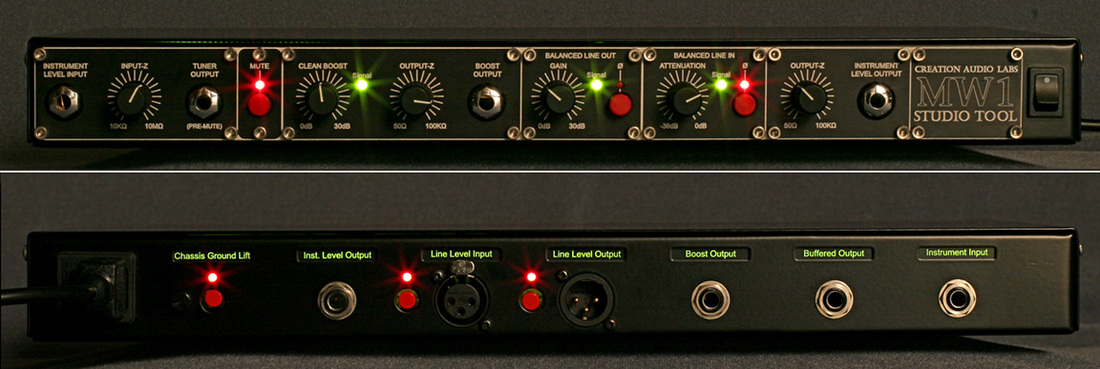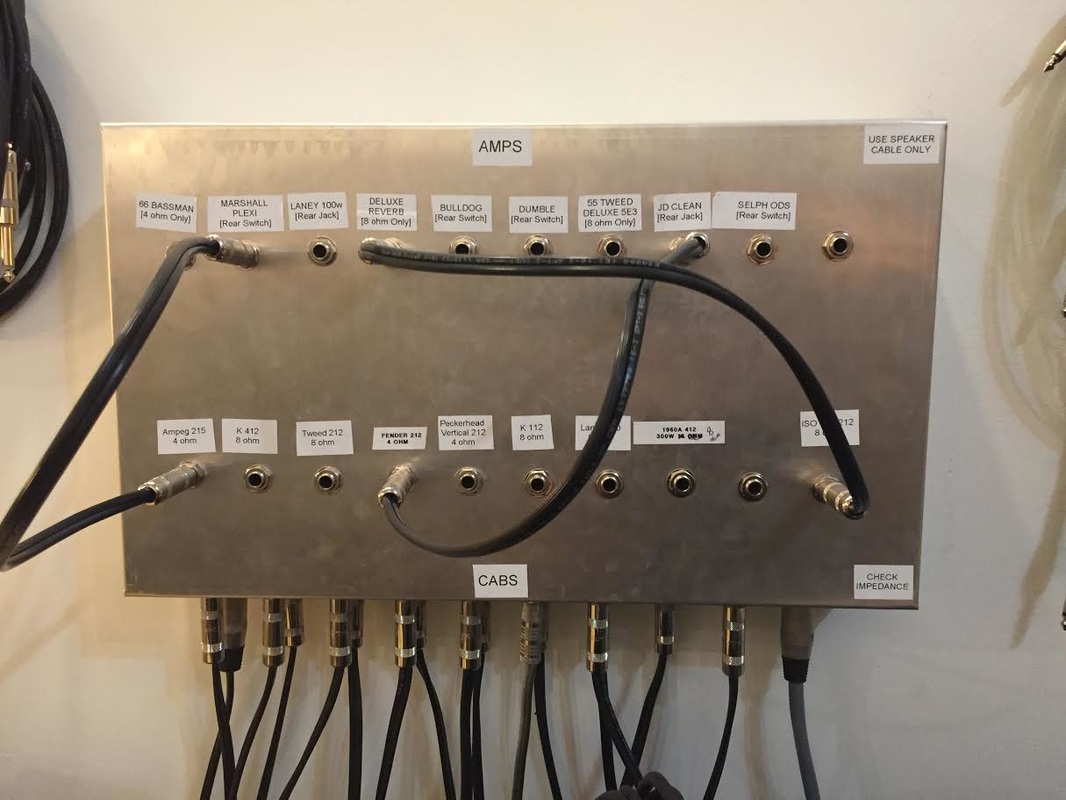GUITAR RECORDING ESSENTIALSHey Friends. 1. Great guitarist 2. Great parts 3. Great amp 4. Great Room 5. Great guitar. The Radial SGI is essentially a buffered line driver. Unbalanced instrument signals are problematic. 1) They're unbalanced and therefore MUCH more prone to noise. 2) They degrade easily with long cable lengths 3) They're not easy to run between rooms. The Radial SGI solves that problem. With the SGI, you use a standard XLR cable (or snake) to connect the two units. The TX unit goes in the control room and the RX unit goes in the live room, booth, iso room, etc. This allows you to keep guitar cables VERY short and get ZERO signal loss by running over a buffered balanced XLR line. I have three of these and they will never leave me! You could say this is a dirty little secret of mine. This box has solved so many nightmares for me. It's a DI, it's a reamper, it's a clean boost, it's a buffer, it's an amp splitter, it's a variable impedance device, it's a ground loop isolator...it's a little bit of everything, and it's worth every penny. I got turned on to this in 2015 and have fallen in love with it. It really has made my life so much easier in every way. This allows you to plug your guitar into one spot, get a DI from it, send it to multiple amp outputs, lift the ground switches (great when you're using two rooms and two electrical lines!), adjust the impedance of the input and output, and if need be, boost your signal into the front end of the amp. It has made my life a LOT EASIER. LEARN MORE ABOUT THE MW1 ON THEIR WEBSITE (CLICK ME!) I built this handy tool back in 2013 for about $200 total and I must say, I am very proud of it. It allows guitarists to audition any amp with any cab in the entire room. As you can see, I've got quite a few. 9 amps, 9 cabs, and a few empty slots for when guitarists want to add their cab/head into the mix. The key to remember here - always put your amp on standby before unplugging / plugging in speaker cabinets. Without seeing a load, you can damage your output transformer. Believe me, I've done it before. It is not a cheap repair. I love the Korg rackmount tuners. They are extremely precise but provide the best tune of any other tuner I've ever used. There are two tricks to having a rackmount tuner: It should be no surprise to any of my podcast fans that I LOVE RIBBON MICS. I use them often. My go-to mono overhead mic on drums is a Beyer M160. My go-to room mic on drums is an AEA R88. My go to electric guitar mic is a Royer 121 or 122 (and recently, the AEA N22!) They really have an amazing way of capturing loud, bright sounds without getting harsh, colored, or pokey. For a long time, I preferred condenser mics on electric guitars, and on some sounds, I still do, but for the most part, a good ribbon mic placed on a cabinet correctly will yield amazing results. There are some less-than-stellar performers...The Cascade Fathead is a great mic, especially for the price, but it's very phat and very dark. If you've got a small sounding amp, or a very harsh / bright amp, this mic is perfect. BUT if you've got a nice balanced tone coming from the amp (the goal, right?) the Fathead I often find is too fat. The Fathead, however, works great when paired with an SM57 or some brighter mic. I hope you enjoyed this blog. Feel free to leave a comment. What do you struggle with when recording guitars? What cool gadgets or tools have made it easier? Leave a comment below!
3 Comments
1/27/2021 01:52:08 pm
I agree that using a great amp would make a lot of difference. I feel like custom making one would be a fun project as well. I'll have to consider getting some amp parts to try and build or modify one if I decide to record something.
Reply
Leave a Reply. |
AuthorKendal Osborne is the Host of the Recording Lounge Podcast and the Owner / Head Engineer at The Closet Studios Archives
April 2021
Categories
All
|





 RSS Feed
RSS Feed